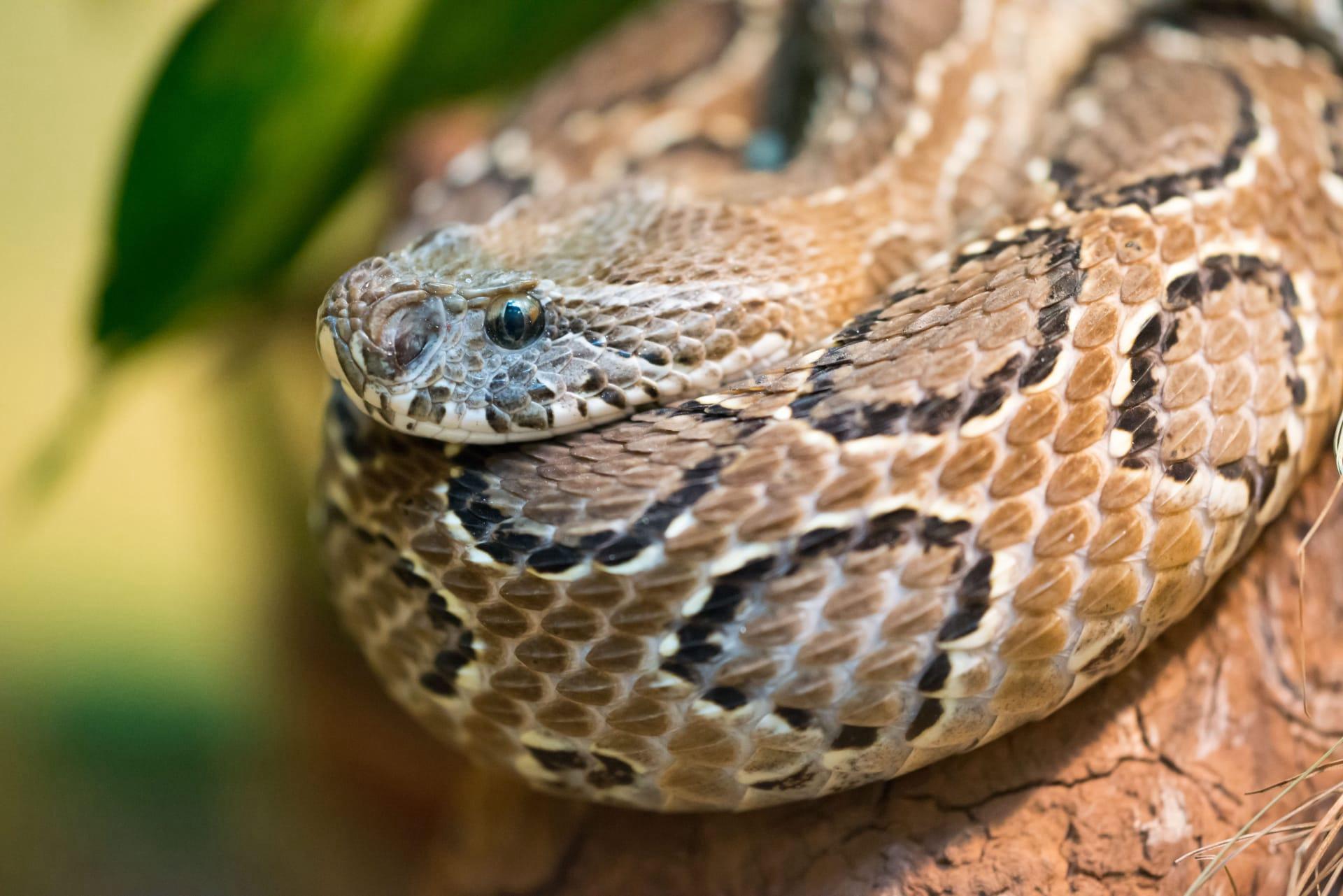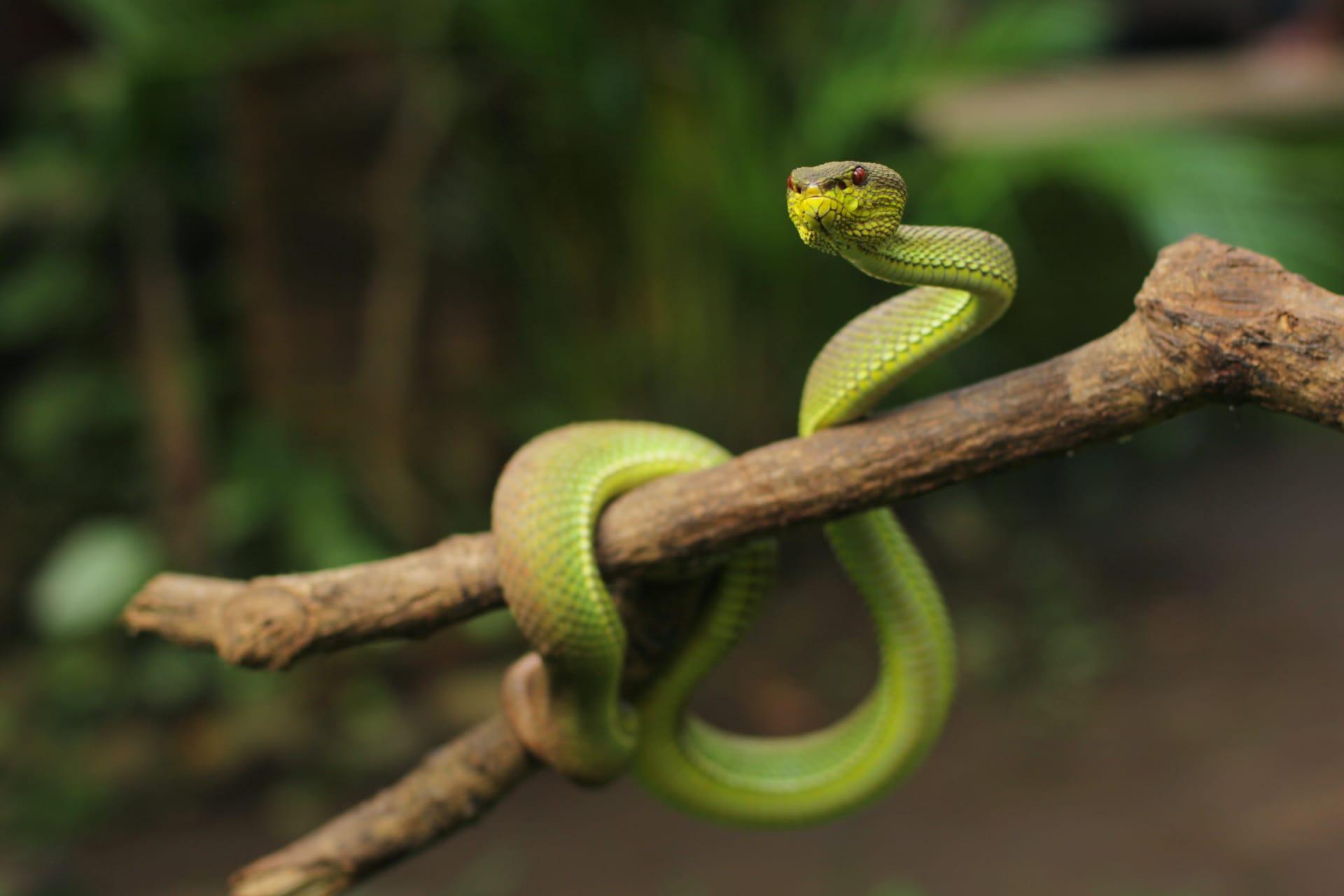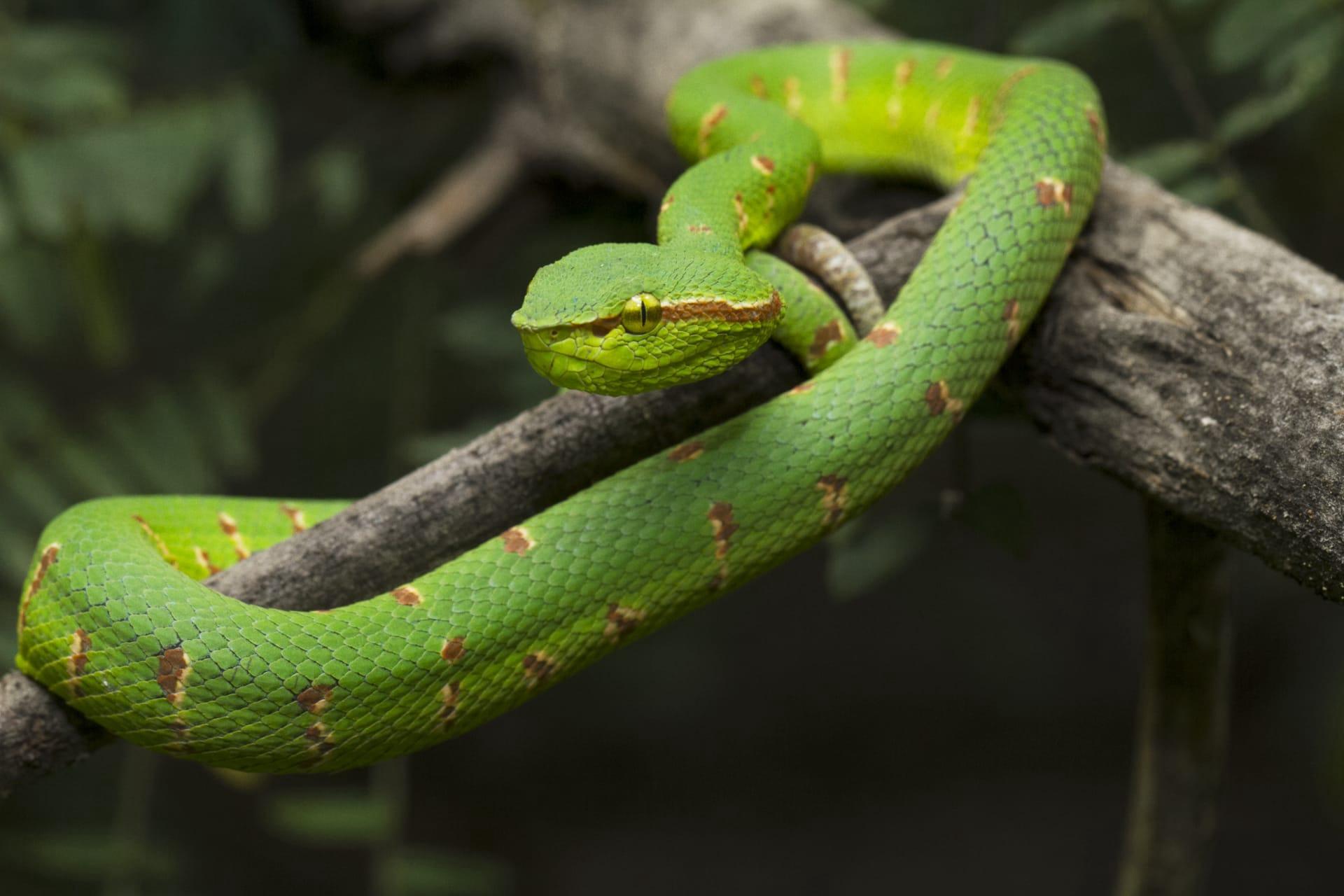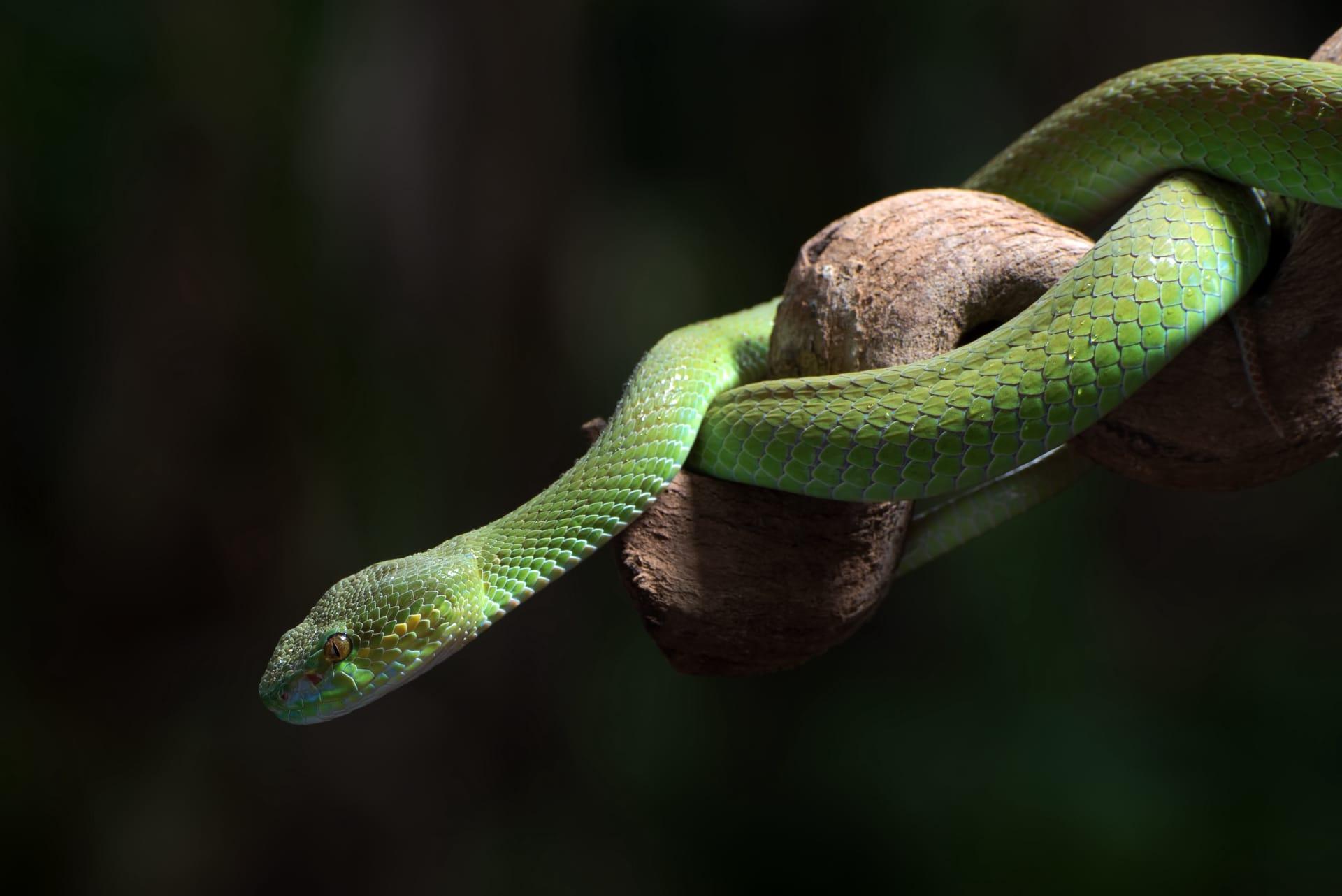Viper Characteristics
- Home /
- Mini Encyclopedia /
- Animal /
- Viper Characteristics
1
Vipers, known for their distinctive triangular heads, are a diverse group of venomous snakes. They vary in size, ranging from the petite 10-inch Bitis schneideri to the impressive 6.5-foot Gaboon viper. These snakes are found globally, with lifespans that can stretch up to 25 years in captivity. Their skin, covered in scales, displays a range of colors and patterns, aiding in camouflage.
Vipers are equipped with one of nature's most effective predatory tools: their venomous fangs. These fangs, which can measure up to 2 inches in large species, are hinged. This allows them to be folded back when not in use. The venom, a cocktail of enzymes and proteins, varies in potency and composition but is primarily used for subduing prey. It's also a crucial defensive mechanism against threats.

2
Question: "What is the primary diet of vipers, and how does it vary among species?"
Answer: Vipers primarily feed on small mammals, birds, and occasionally amphibians and other reptiles. The diet varies greatly among species, influenced by the viper's size and habitat. For example, the arboreal pit vipers often prey on birds and lizards, while larger terrestrial species like the Gaboon viper consume larger mammals. Their hunting strategy and venom potency are adapted to their preferred prey, showcasing a fine-tuned balance between their biology and the ecosystem they inhabit.

3
Vipers are known for their 'ambush' hunting strategy. They are not fast movers over long distances, but they excel in stealth and patience, often waiting motionless for unsuspecting prey to come within striking distance. Their movement is usually a slow, calculated slither, conserving energy for that explosive, precise strike.
Their hunting method is a testament to their specialized adaptations. Vipers strike rapidly, injecting venom through their long fangs. This method is highly efficient, allowing them to immobilize prey quickly. The digestive enzymes in the venom also start breaking down the prey's body, making it easier for the viper to digest once swallowed whole.

4
Vipers are found in a wide range of environments, from rainforests and deserts to mountainous regions. They are highly adaptable, with each species evolved to thrive in its specific habitat. For instance, the pit vipers have heat-sensing pits to detect warm-blooded prey in dense forests, while desert vipers have scales that help them burrow into sand to ambush prey or avoid extreme heat.
Reproduction in vipers varies between species. Some are oviparous, laying eggs, while others are viviparous, giving birth to live young. The number of offspring can range from a few to over 50 in some species. Parental care is generally absent, with the young vipers being self-sufficient from birth, equipped with venom and hunting instincts to survive independently.

5
Book: "Vipers: A Guide for the Advanced Hobbyist" by John Coborn (United States, 1991). This comprehensive guide delves into the world of vipers, covering aspects from their biology, behavior, and captive care. Coborn's book is a treasure trove of information, offering insights into the fascinating life of these snakes.
Book: "Venomous Snakes of the World" by Mark O'Shea (United Kingdom, 2005). This book provides a broader view, encompassing various venomous snakes, including vipers. O'Shea, a renowned herpetologist, combines scientific information with engaging anecdotes, making the book not only informative but also an enjoyable read. The section on vipers is particularly detailed, covering their diversity and unique characteristics.